No matter which model of GE dishwasher you have, there’s a chance you might encounter problems with flooding or drainage issues. It’s really frustrating when your GE Dishwasher fills with water but then abruptly halts. Consider, for example, the GLD4260L00SS model that fills with water and drains, yet bypasses the actual cleaning cycle, or the GDT695SGJ2BB model that fails to either wash or drain. Pinpointing the underlying problem is crucial when trying to troubleshoot these issues, and the suggestions provided below can assist in resolving them.
When talking about the best dishwashers, GE dishwashers rate high. They are reliable, efficient, and convenient. You can get a high-quality dishwasher at an affordable price with GE.
Unfortunately, a washer that is properly used and maintained will experience a few problems. When the washer stops during a cycle, one of the most common issues is that it is water.
Regardless of the model, the common problem with GE dishwashers is solid water. For example, some models like the GLD4260L00SS fill with water and then drain without washing the dishes. On the other hand, other models like the mGDT695SGJ2BB do not attempt to clean or drain at all. Identifying the cause of the problem, it is simple to troubleshooting for GE dishwashers.
Why Does My GE Dishwasher Fills With Water Then Stop
?
The motor is stuck or damaged
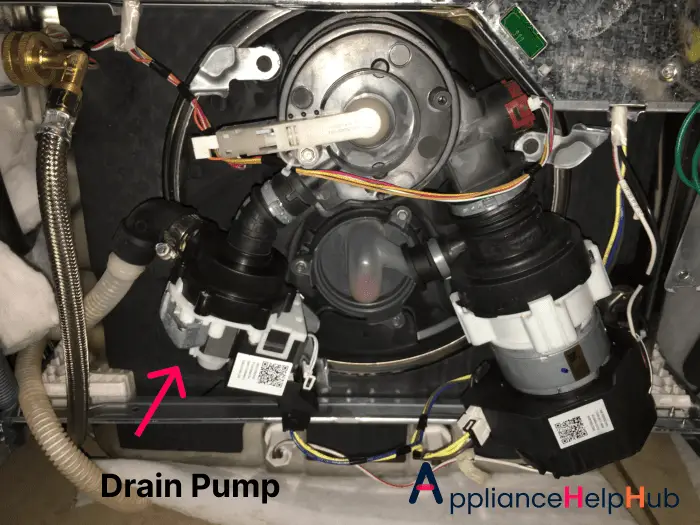
A stuck or damaged motor is usually the result of one of the following:
- Contact between two parts of the motor in motion, either on the same shaft or two or more separate shafts, causing friction or binding; Broken or bent shafts or blades.
- A damaged or worn bearing or seal, causes the shaft to wobble or not run smoothly.
The dishwasher should be used at least once a week to prevent this issue from occurring. Dishwashers that don’t get used regularly are likely to experience this issue.
Even when plugged in, the machine’s motor blades do not begin to spin to start the cycle. The motor blades are stuck and are not turning
Blockages of the filter sap flow adhere
Blockages on the filter medium are causing the problem.
These grinders/blades help to break down food particles, pieces of broken dishes, or even labels that come off jars and cups.
A machine that is not working correctly over time may become blocked, requiring it to be unblocked.
Pump Impeller or Ge Dishwasher Stuck Impeller
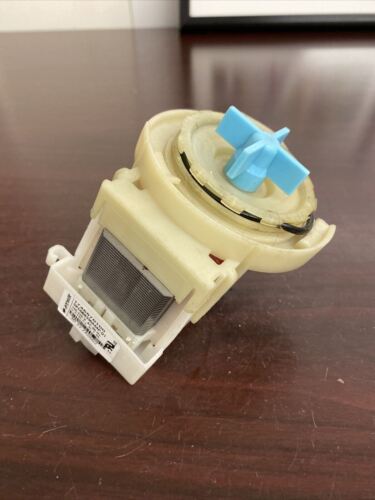
An impeller is used to pump fluids or other viscous materials.
A pump impeller is used to pump liquids or gases. The impeller has blades that spin around an axis. When a pump impeller is attached to a pump, it causes the pump to rotate.
The water inlet or drainage prevents a free flow of water through the dishwasher. The second reason is that the impeller blades might be damaged, controlling water flow.
Some dishwasher models have pumps with two impellers for water inlet and circulation, as well as a separate impeller for draining. Only one impeller is present in the other models.
Clogged Drain Hoses
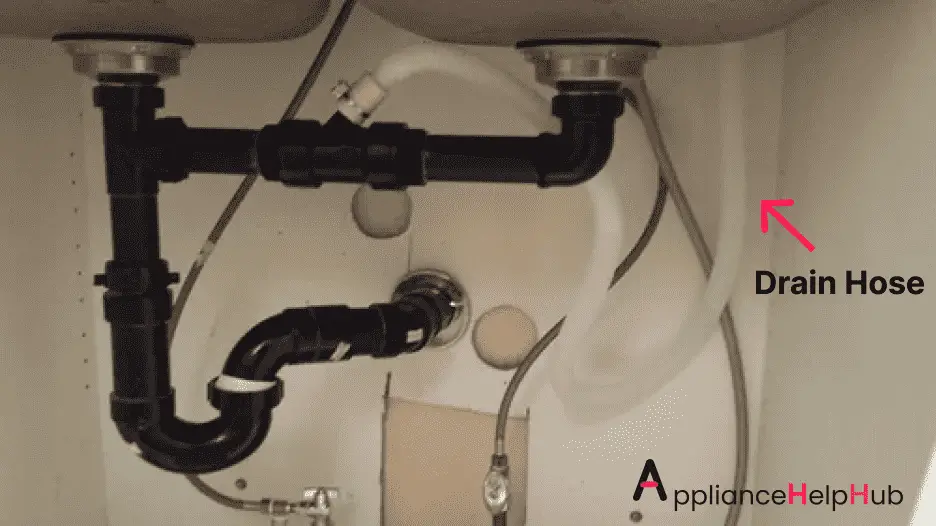
Blocked drains are a common cause of flooding. The most common culprits are hair, q-tips, and other foreign objects. Blocked drains can also be caused by tree roots, chemical treatments, or household cleaners. In order to prevent your drains from getting clogged, you should always keep your drains clear by cleaning them out regularly. If you do notice a blockage, use a drain unblocker to dislodge it.
If the dishwasher drain hoses are clogged or blocked with scales or other particles, the hose at the back of the dishwasher will open up.
Before removing the connector, carefully inspect both ends for particles that could cause blockage.
Drive Belt
The drive belt helps to drive the fan. The belt on a vacuum cleaner is made of plastic or rubber and is used to pull the vacuum cleaner across the floor. It is sometimes also used to push the vacuum cleaner’s handle. If the vacuum cleaner belt has broken, the vacuum cleaner may not operate properly or may even stop operating. A vacuum cleaner belt may also break because of overuse or if it is pulled too hard.
A vacuum cleaner belt may also break if it is replaced incorrectly, bent, or mistakenly cut with a knife. When replacing a vacuum cleaner belt, be sure that the belt is straight and properly positioned around the vacuum cleaner’s roller.
On older machines, the pump is driven by a belt. In some models, the belt is usually wound around the pulley that drives the drain pump motor connection.
Drain Solenoid
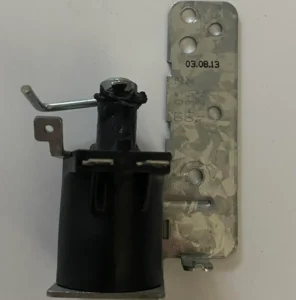
The drain solenoid valve opens and closes in response to the level of water in the bowl.
A solenoid is a device that controls flow by acting as a valve. It is attached to the end of a pipe to control the flow of water. The flow of water is controlled by controlling the position of a plunger inside the solenoid, which either blocks the flow of water or allows it to pass through. When a solenoid is opened, water flows through the pipe. When a solenoid is closed, water is blocked in the solenoid.
GE dishwashers usually possess drain solenoids. These solenoids open up drain valves to start a drain cycle whenever they are inactive. If the plunger is burnt, or the solenoid has broken, this is likely the case.
The burnt plastic on the plunger is a quick indicator of a burn. There is a water inlet valve problem if the dishwasher fills even when it is not connected to electricity.
Leaks may flow outside the dishwasher as well.
What Can Be Done to Fix the Ge dishwasher fills with water then stops Issue?
Ge dishwasher fills with water then stops? You would probably have a lot of water you can figure it out on the GE dishwasher is not draining guide.
Having a display screen on your model makes it easier to diagnose problems. The first step is to note the washer error code that appears on the screen.
Look up error code definitions in error code guides to match codes with errors. These guides typically provide the code and suggest a solution to the problem. If you are not sure how to handle the washer’s error codes or what they mean, please contact a technician.
You will have to do things the old-fashioned way if your GE model does not have a display screen. You must first know that the solution to the problem depends on what caused them in the first place. There are other resolutions for each of the listed possible causes.
You’ll need a set of screwdrivers and pliers to solve these problems.
To access the filter, remove the dish rack. Use water to help dislodge particles if they are stuck on it. When you are certain there are no more particles, replace them and run the machine to see if the problem persists.
The dishwasher is most likely to have a faulty component behind the lower access panel. The functional parts of the machine are located here.
The panel located at the bottom of the dishwasher is called the bottom panel. To remove it, unscrew the cover from the body of the dishwasher.
Usually, there are four screws that hold the board together, two at the top and two at the bottom. After you remove the board, also remove the insulation layer.
Frequently Asked Questions
Why does my dishwasher stop after filling with water?
Replacing the thermal fuse or cleaning it may fix the problem and make your unit work properly.
Your GE dishwasher is most likely to have a blown fuse or a shorted fuse if it starts, fills with water, and then stops all of a sudden. If the thermal fuse shorts, it’s most likely that the thermal fuse is loose, dirty, or broken.
Replacing the thermal fuse or cleaning it can make your unit operate properly.
How do you do a hard reset on a GE dishwasher?
ge dishwasher fills with water then stops? Make sure you place your dishes well before you start washing them. Then open the door and add more dishes to the rack.
You can press the Start or Reset button during a wash cycle to reset the GE dishwasher.
After pressing the button on the top of the top-loading dishwasher, close the door and wait for two minutes for the unit to drain.
Make sure to place your dishes correctly before starting to wash them, open the door again and add more dishes to the rack.
How do I put my GE dishwasher in diagnostic mode?
During the standby phase, press and hold both pads—Cycle + Start—for five seconds. The status of the door will be checked first (for 10 seconds), followed by other checks.
How can I troubleshoot my GE dishwasher? While the dishwasher is in standby mode, press and hold down the pads—Cycle + Start—at the same time for about five seconds. The dishwasher will check the status of the door first (for 10 seconds) with other error checks following.




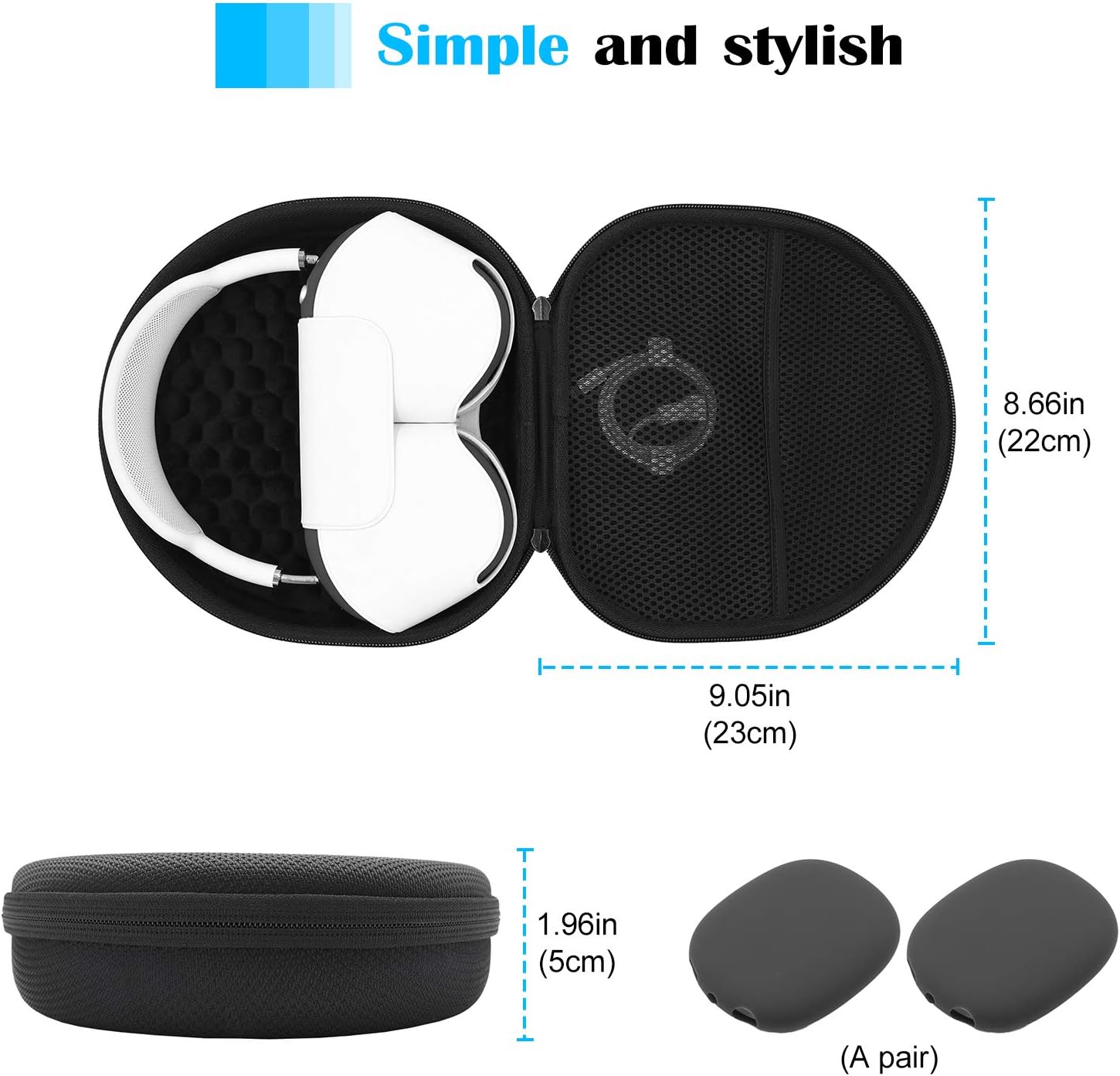

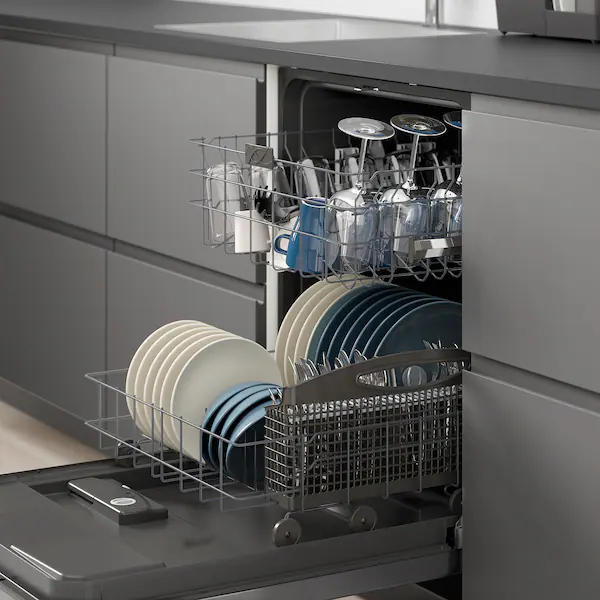
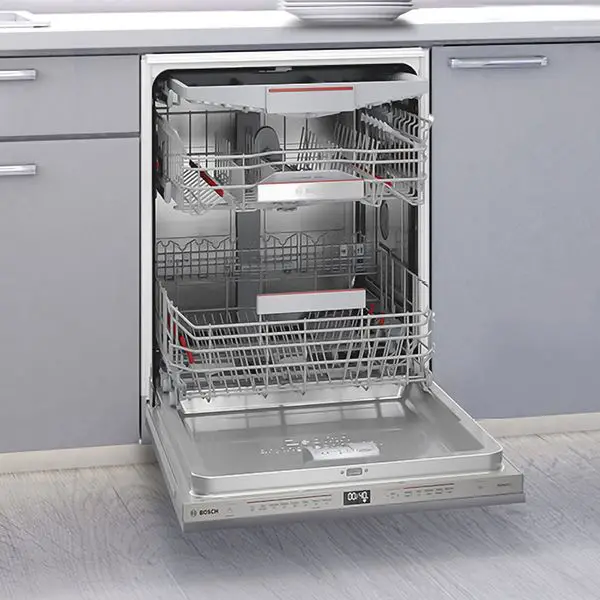

2 thoughts on “How To Fix GE Dishwasher Fills with Water Then Stop”
Comments are closed.